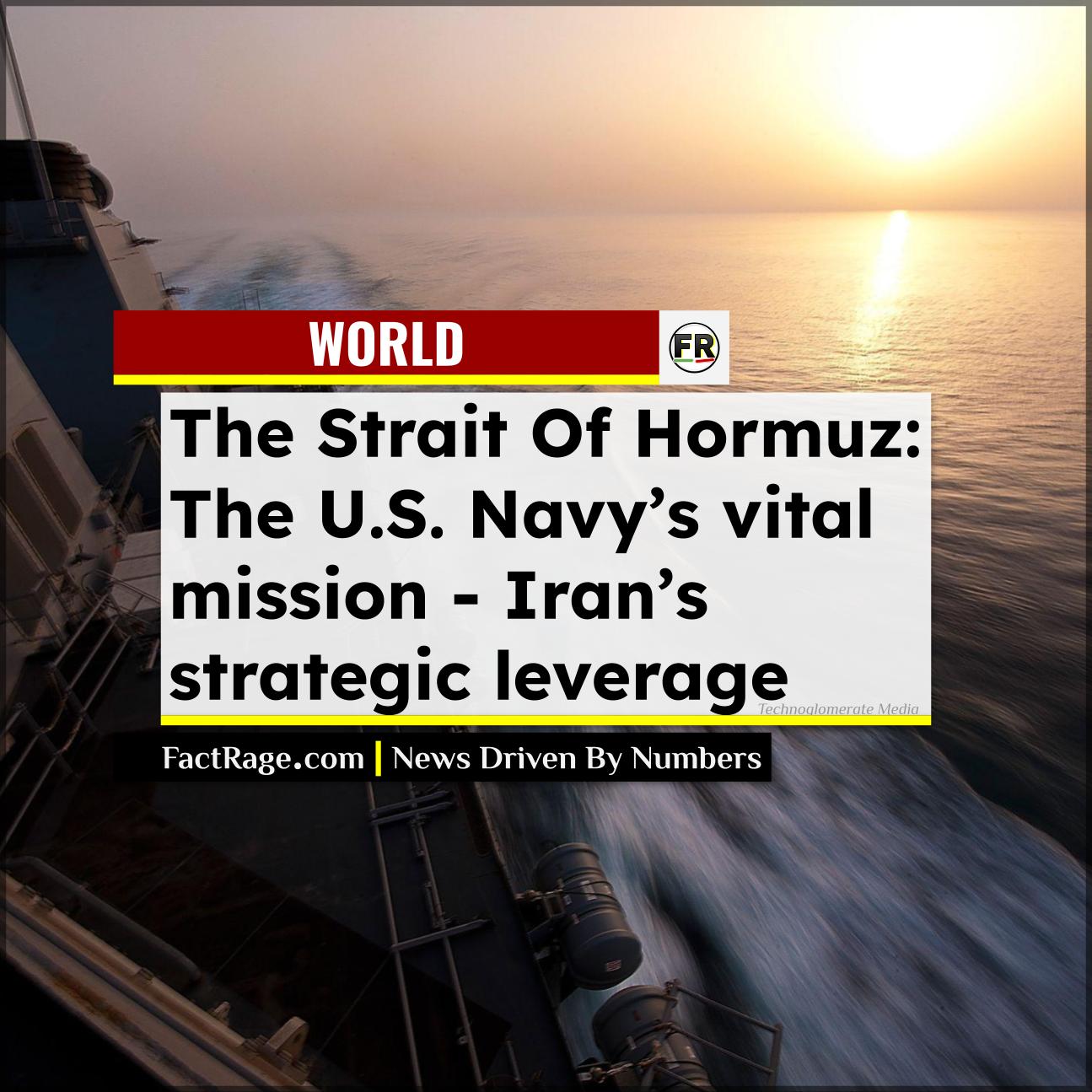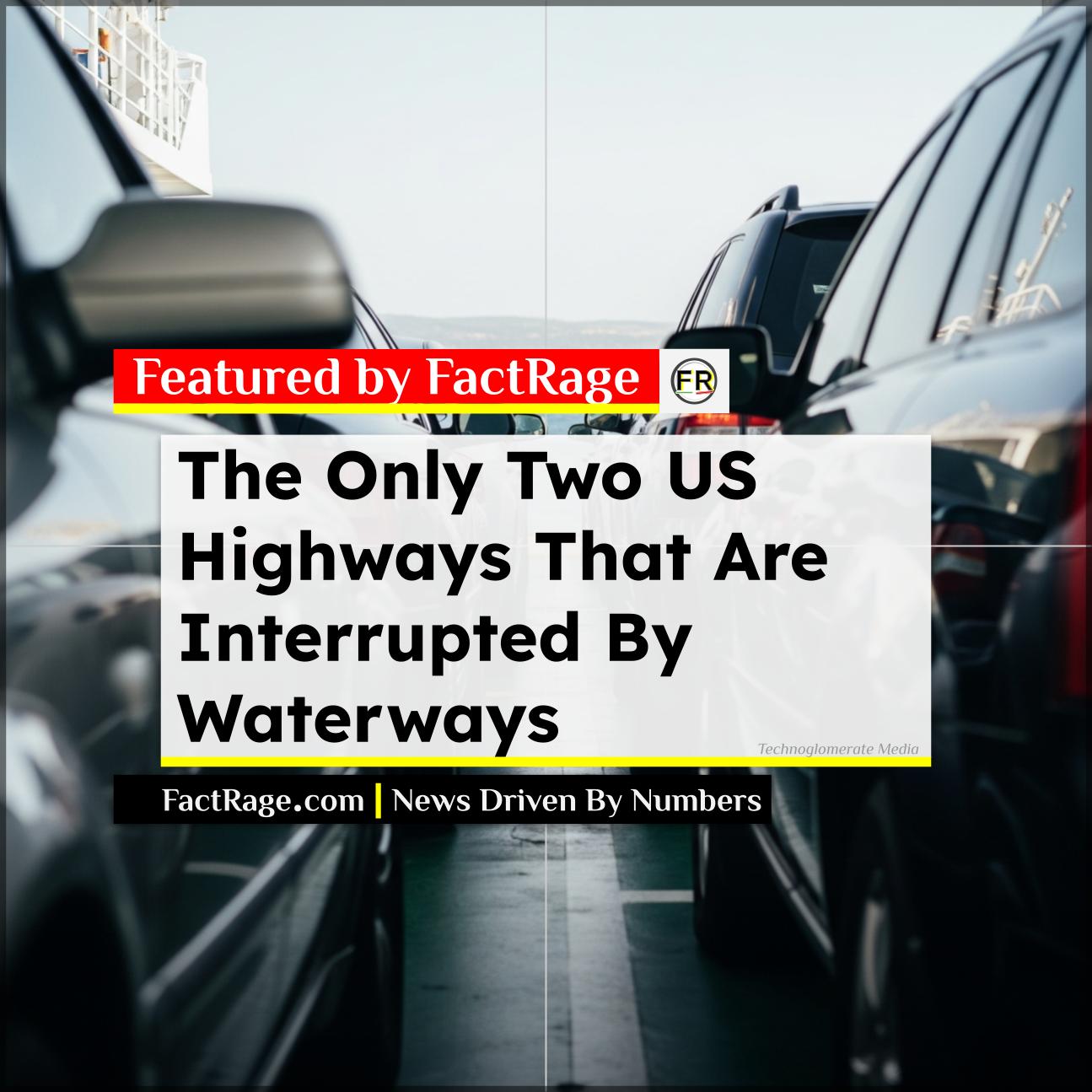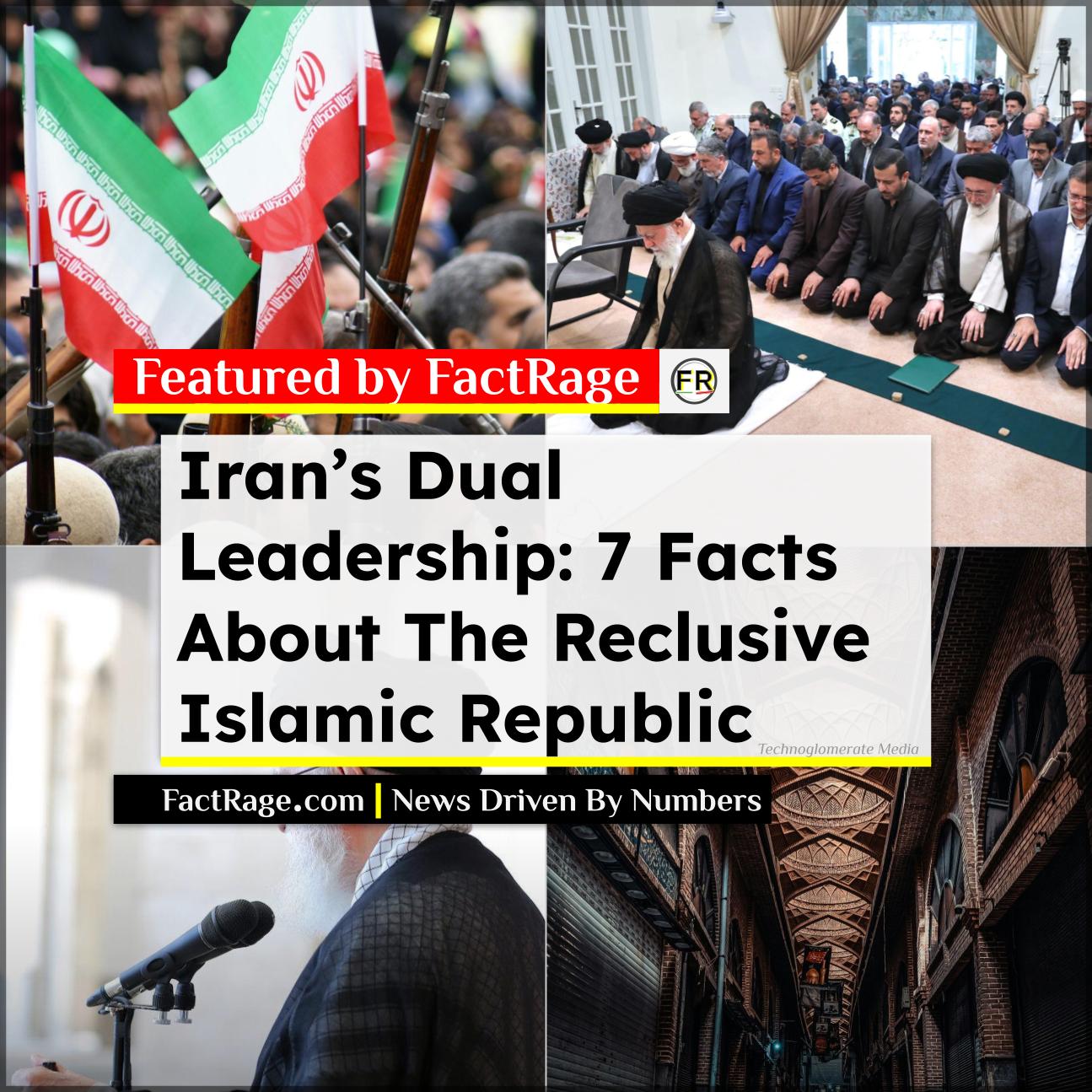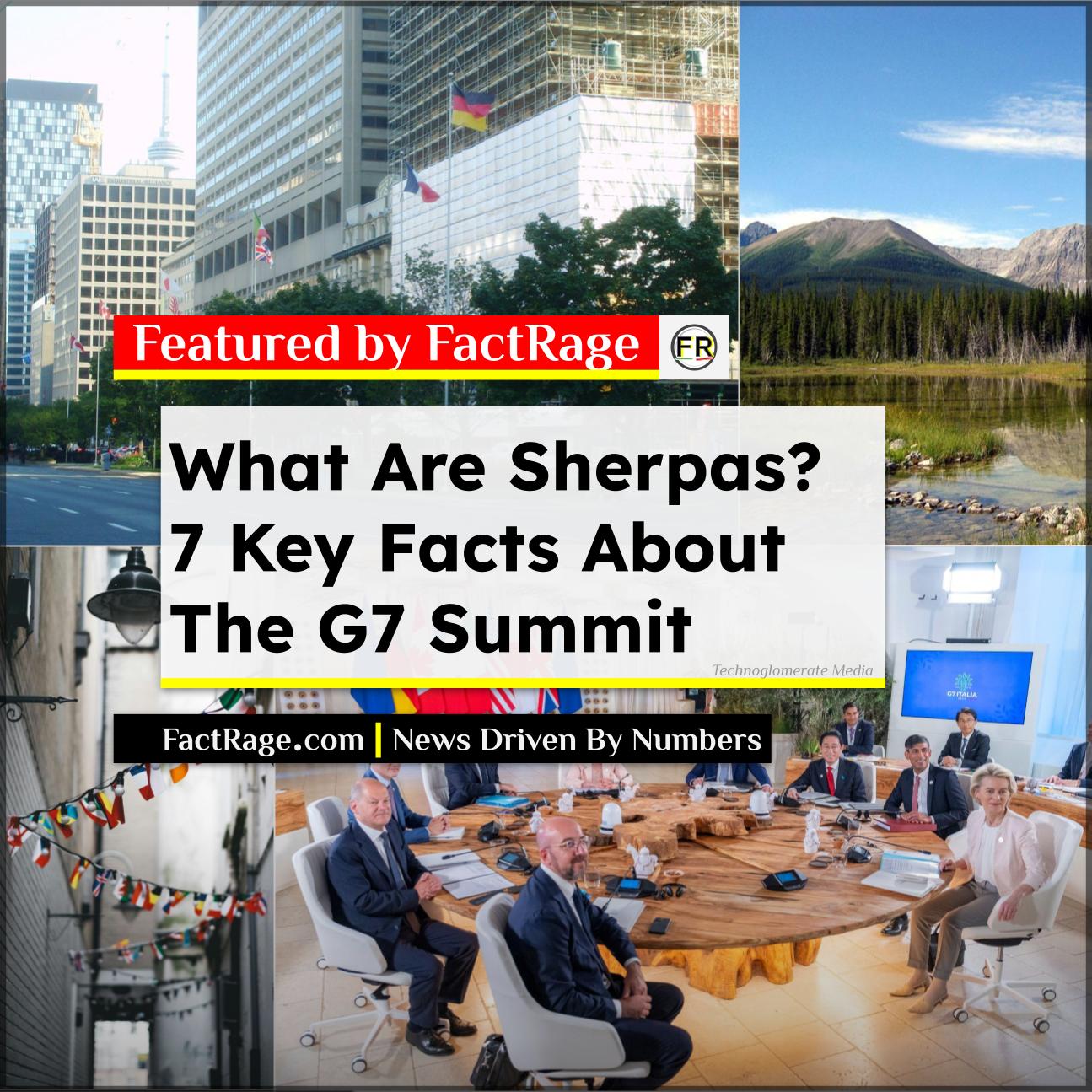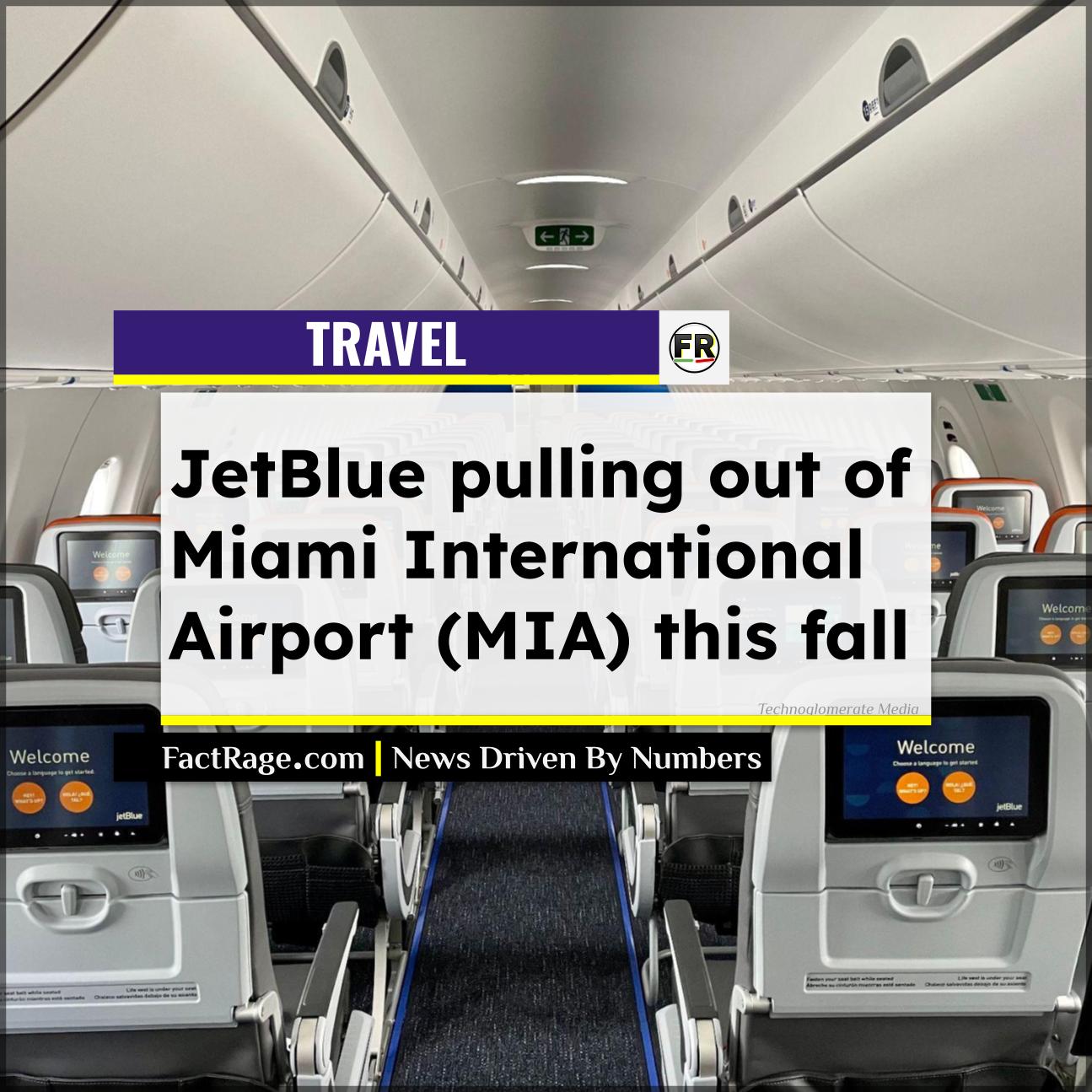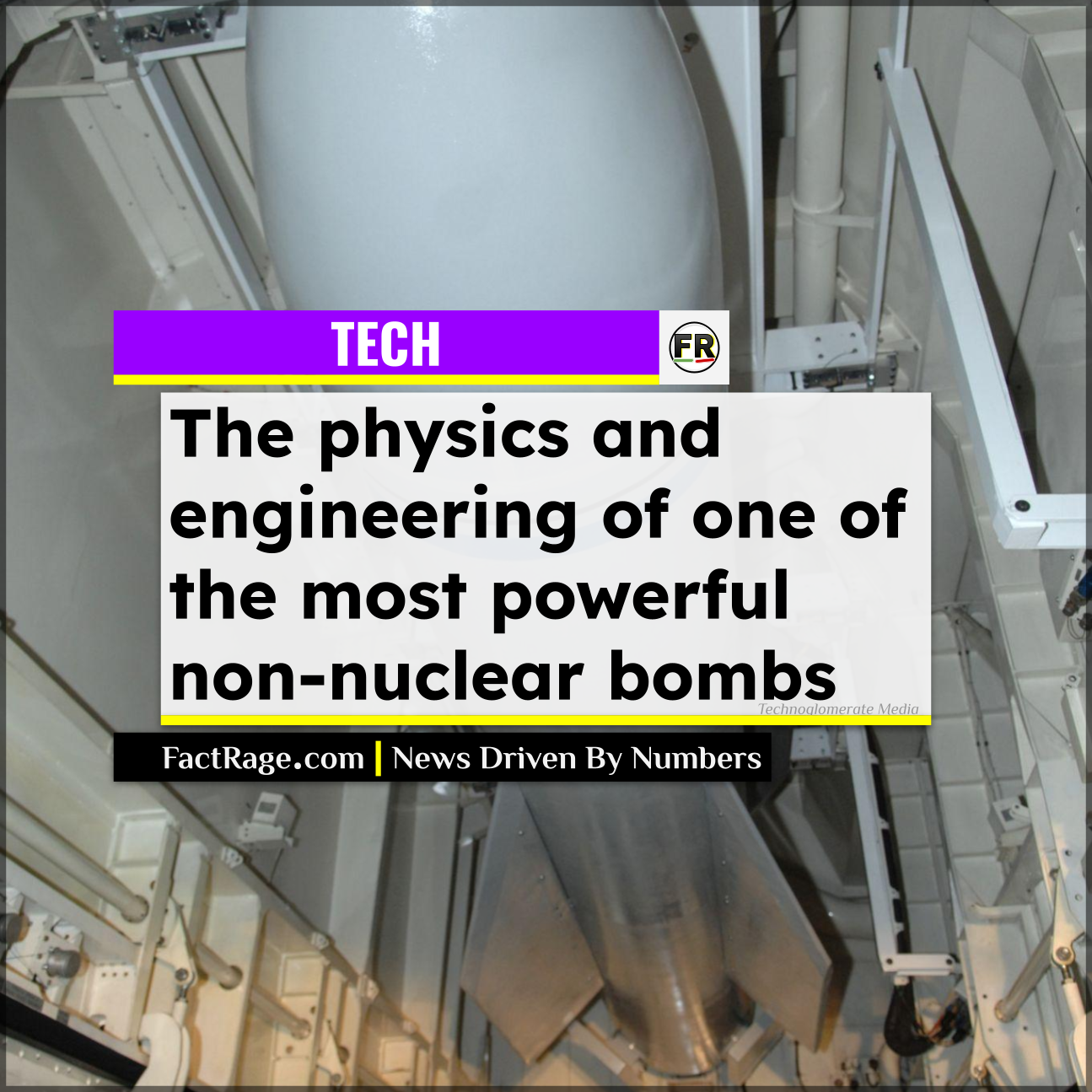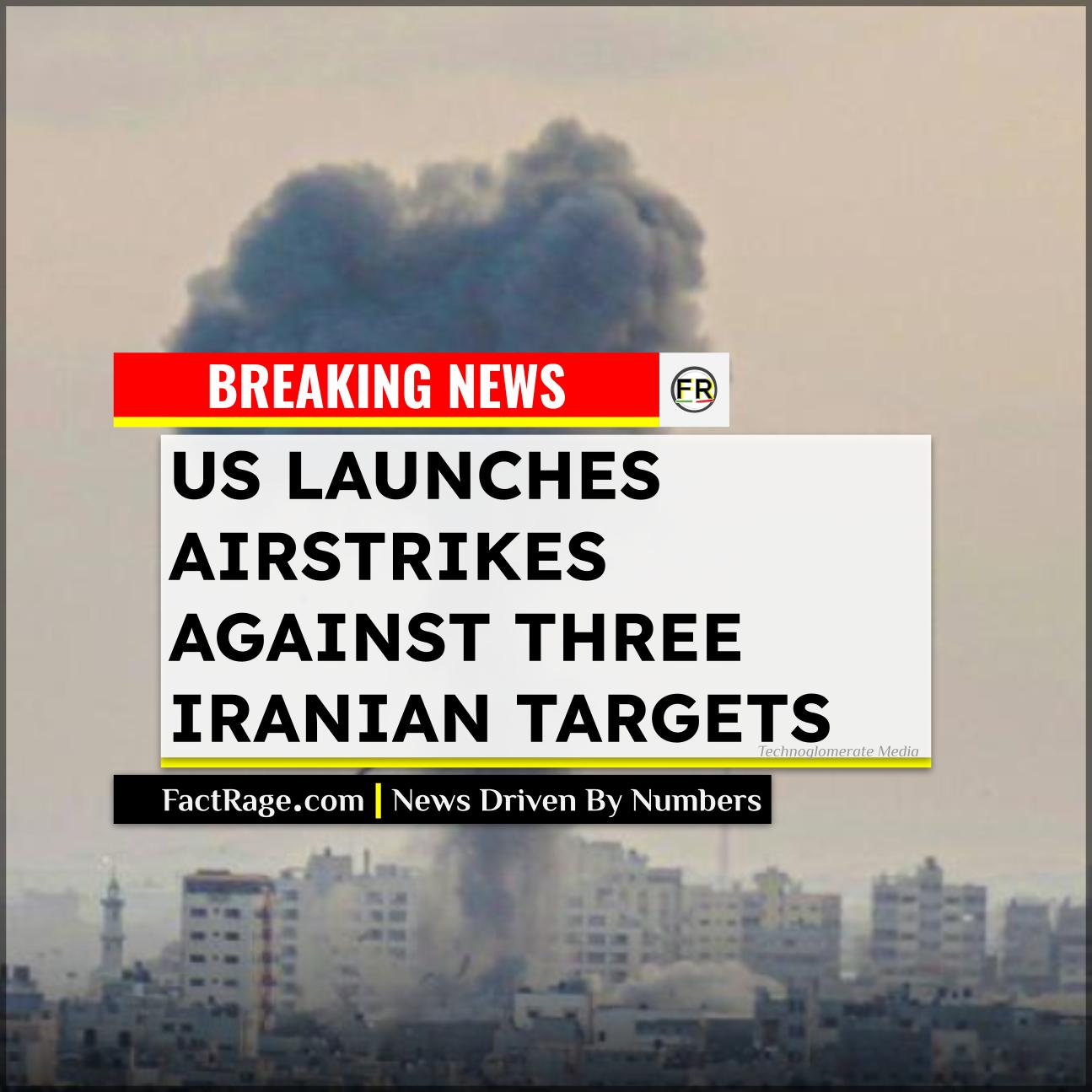WASHINGTON, DC – For decades, the narrow Strait of Hormuz has served as one of the world’s most critical and contested geopolitical chokepoints, where the flow of global energy and the strategic interests of international powers are in a constant, high-stakes standoff.
- Critical Energy Artery – The strait is the transit route for approximately one-fifth of the world’s total daily oil consumption, along with significant volumes of liquefied natural gas (LNG).
- Iran’s Strategic Leverage – Due to its geography, Iran views the strait as its most powerful point of leverage, and its Islamic Revolutionary Guard Corps Navy (IRGCN) frequently uses harassing tactics to assert control and respond to international pressure.
- International Security Presence – The U.S. Navy’s 5th Fleet, based in nearby Bahrain, leads an international maritime effort to ensure freedom of navigation and deter threats against commercial shipping in the volatile waterway.
This narrow channel of water, linking the Persian Gulf with the open ocean, is more than a shipping lane; it is a fault line in global politics. Understanding the dynamics at play is key to deciphering a significant portion of modern international relations, from energy markets to military deployments.
What Makes This Narrow Waterway a Global Flashpoint?
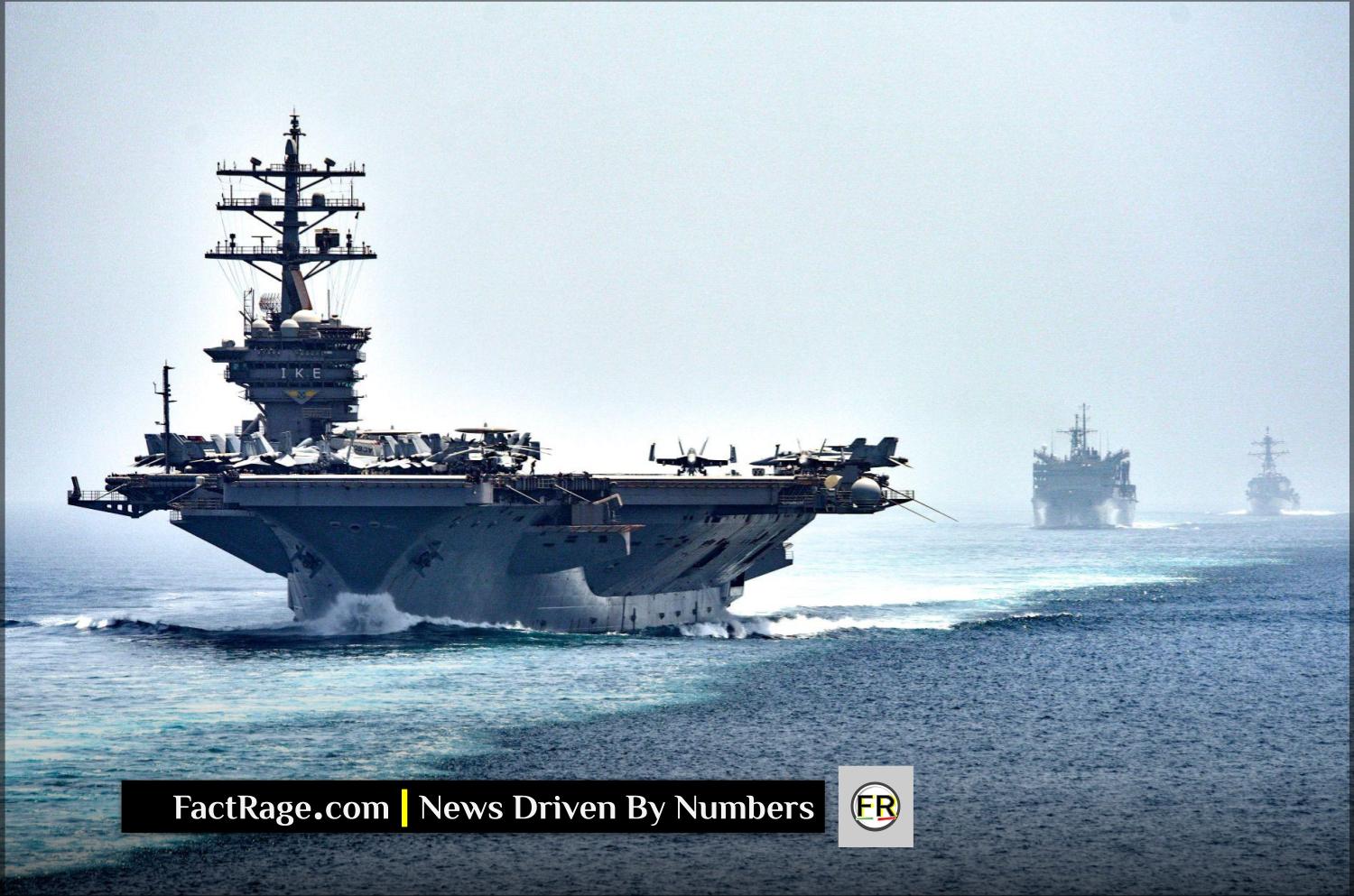
The strategic importance of the Strait of Hormuz is a simple matter of geography and resources. At its narrowest point, the strait is only 21 miles wide. The shipping lanes themselves are even more constricted, with only a two-mile-wide channel for inbound and outbound tanker traffic.
Through this bottleneck passes a staggering volume of the world’s energy. In 2024 and early 2025, daily oil flow averaged around 20 million barrels, representing about 20% of global petroleum liquids consumption. Major producers like Saudi Arabia, the UAE, Kuwait, Iraq, and Qatar rely on this route for their exports to reach global markets. Any disruption, or even the threat of one, can cause immediate spikes in global energy prices, impacting economies worldwide. While some nations like Saudi Arabia and the UAE have pipelines that can bypass the strait, they can only handle a fraction of the total volume.
Iran’s Geographic Trump Card
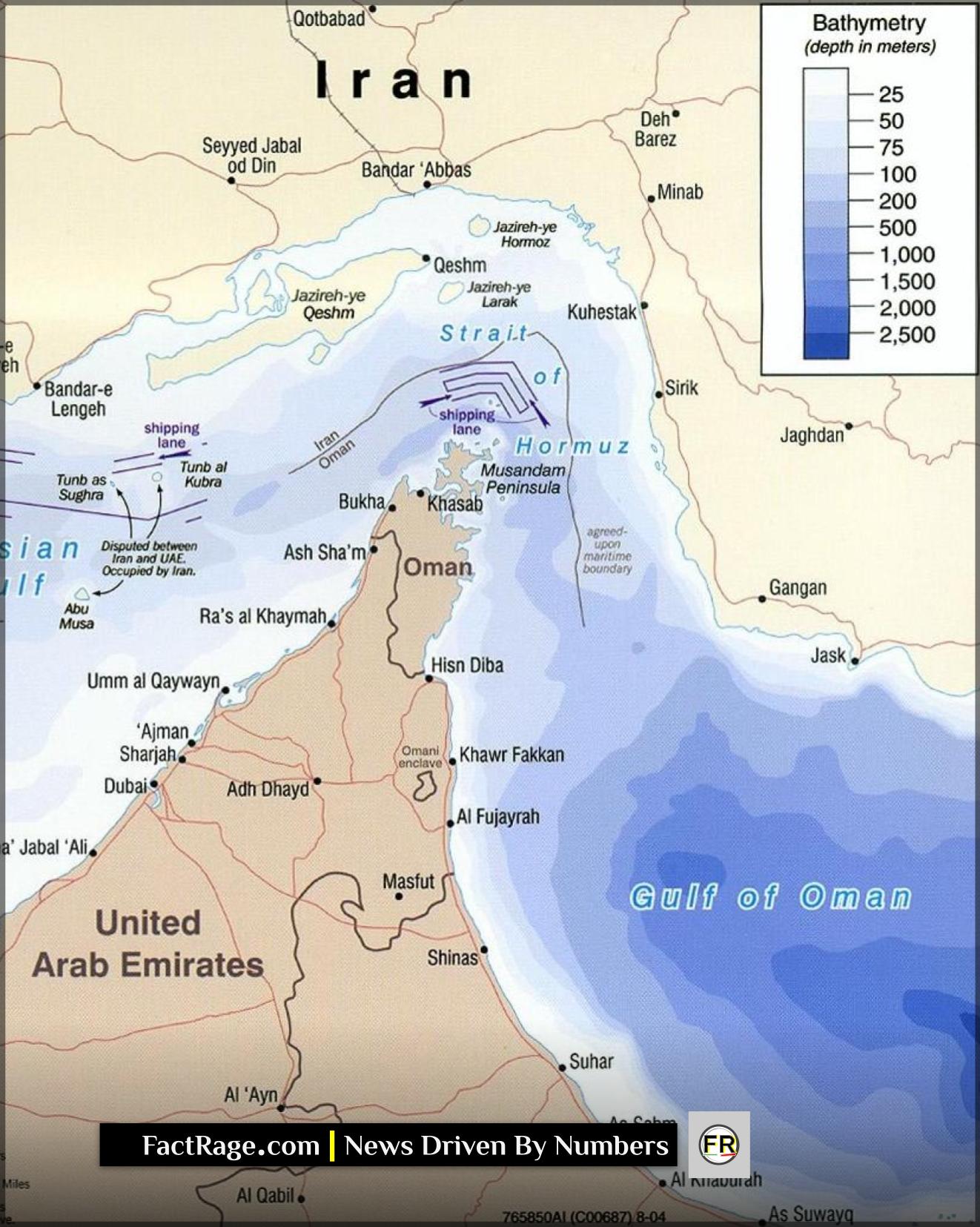
For the Islamic Republic of Iran, the Strait of Hormuz is its ultimate strategic asset. Its coastline runs the entire northern length of the waterway, giving it a dominant geographical position. Tehran has repeatedly demonstrated that it is willing to use this position as leverage against international sanctions and military pressure.
The primary instrument for this policy is the Islamic Revolutionary Guard Corps Navy (IRGCN), which operates separately from the conventional Iranian navy. The IRGCN specializes in asymmetric warfare tactics, employing fleets of small, fast attack boats to harass, seize, and shadow commercial and military vessels. This strategy isn’t designed to win a conventional naval battle but to make passage through the strait so perilous that shipping and insurance companies deem it too risky, effectively creating a “soft” blockade. While a full, sustained closure is seen as unlikely—as it would also halt Iran’s own exports—the periodic seizures and threats serve as a powerful signal to global powers.
The International Response and the High-Stakes Chess Match
In response to the persistent threat, the United States and its allies maintain a robust military presence in the region. The U.S. Navy’s 5th Fleet, with its headquarters in Bahrain, is the primary force tasked with ensuring freedom of navigation through the strait. Its mission is to deter Iranian aggression, escort vessels when necessary, and respond to any attempts to disrupt commercial traffic.
This has led to a tense and perpetual cat-and-mouse game. The U.S. and its partners conduct routine patrols and transit the strait with carrier strike groups to project power and reassure commercial shipping. In recent years, these operations have increasingly integrated advanced unmanned platforms, including aerial, surface, and underwater drones, to provide enhanced surveillance and domain awareness. Iran, in turn, closely monitors these movements, often conducting its own naval drills and shadowing coalition warships. Events such as the seizure of tankers or recent escalations in regional conflicts cause this baseline tension to spike, with shipping companies sometimes rerouting or pausing operations until the immediate threat subsides. This delicate balance of power defines the strait as a permanent and volatile flashpoint where diplomacy, military strategy, and global economics collide.

